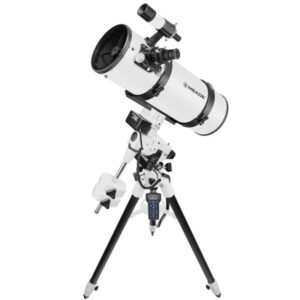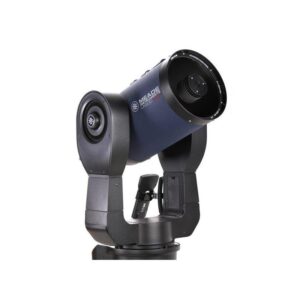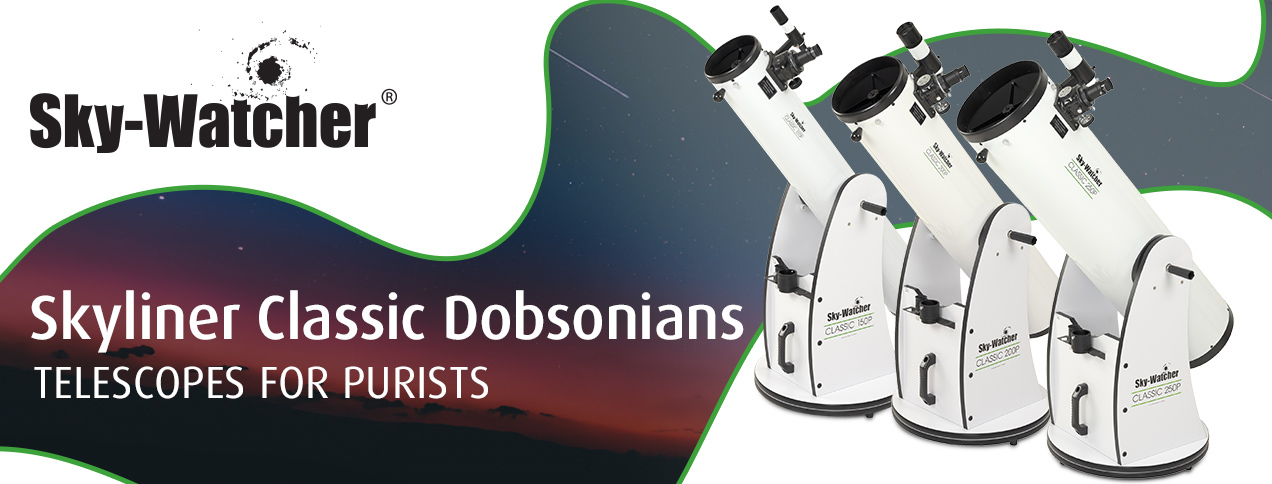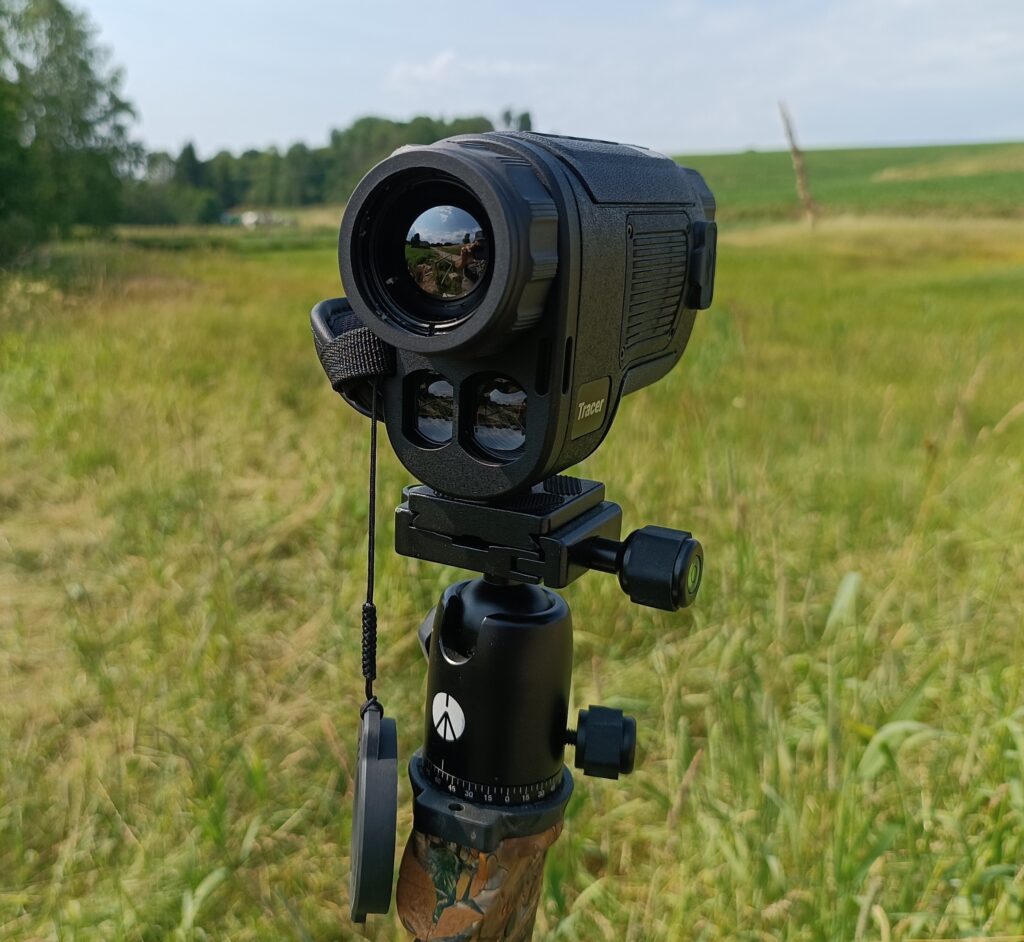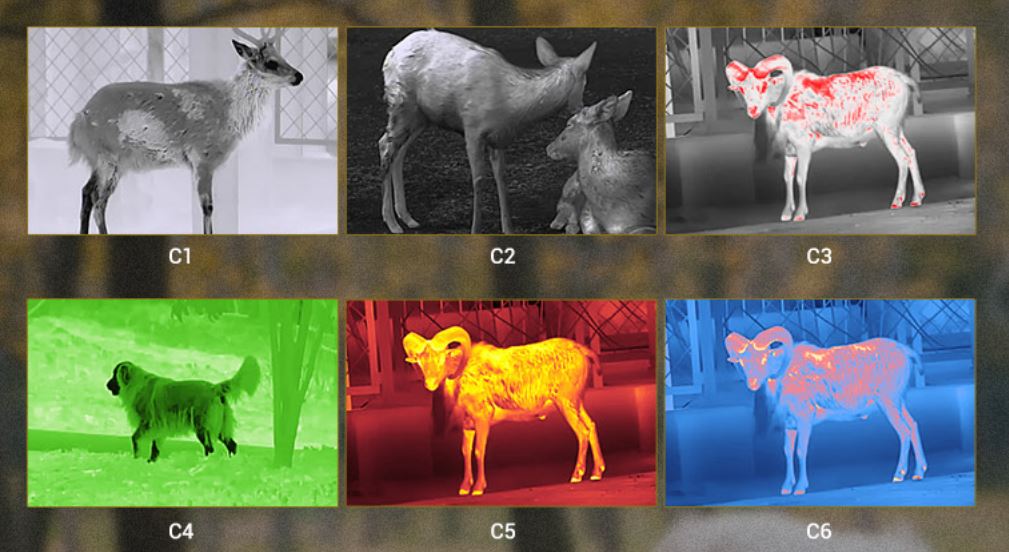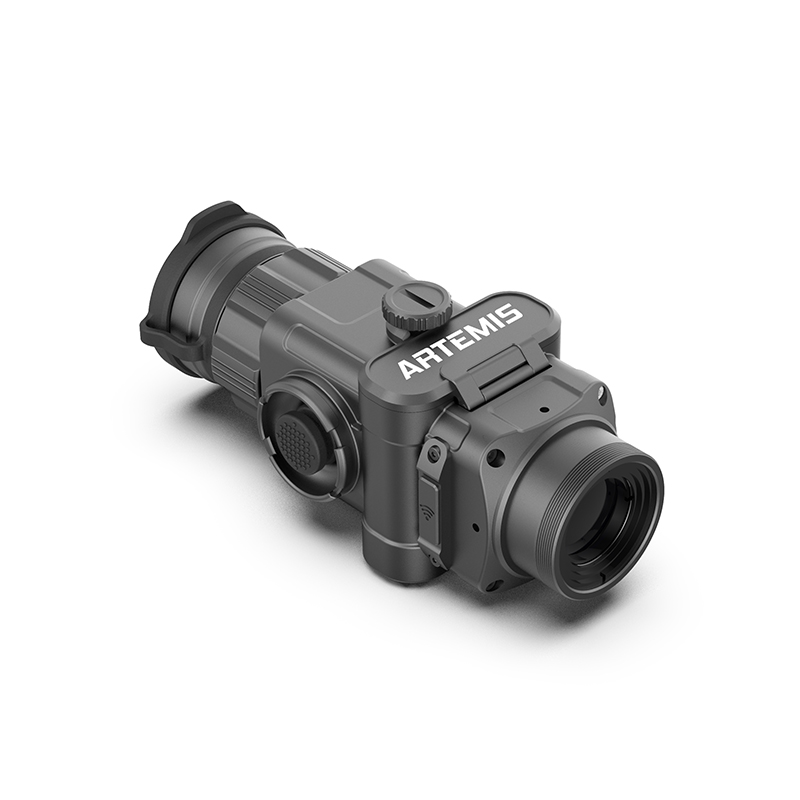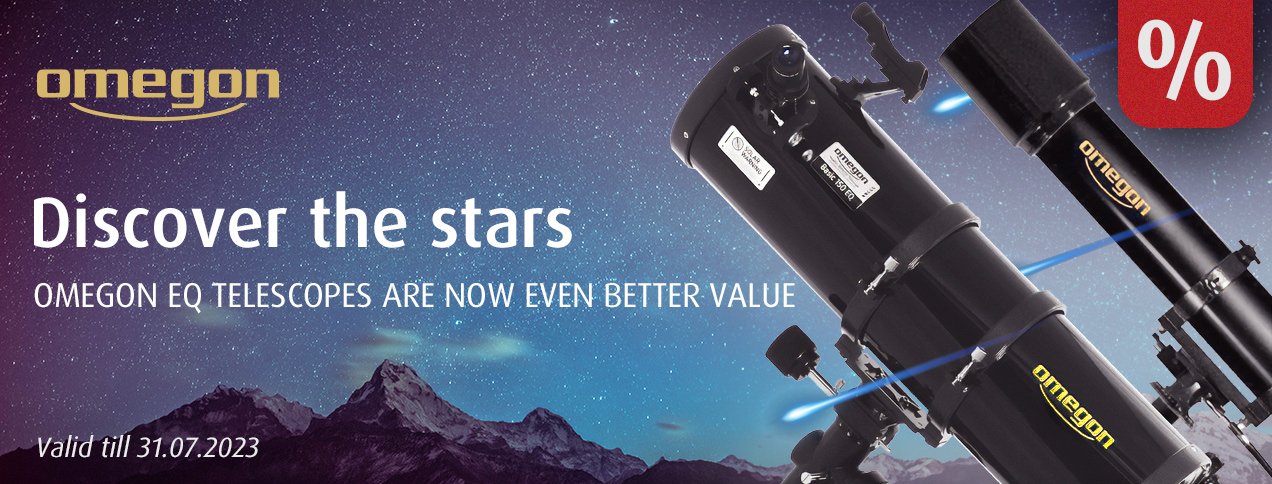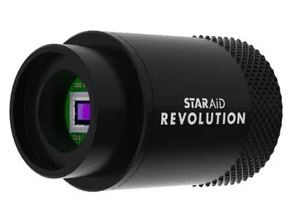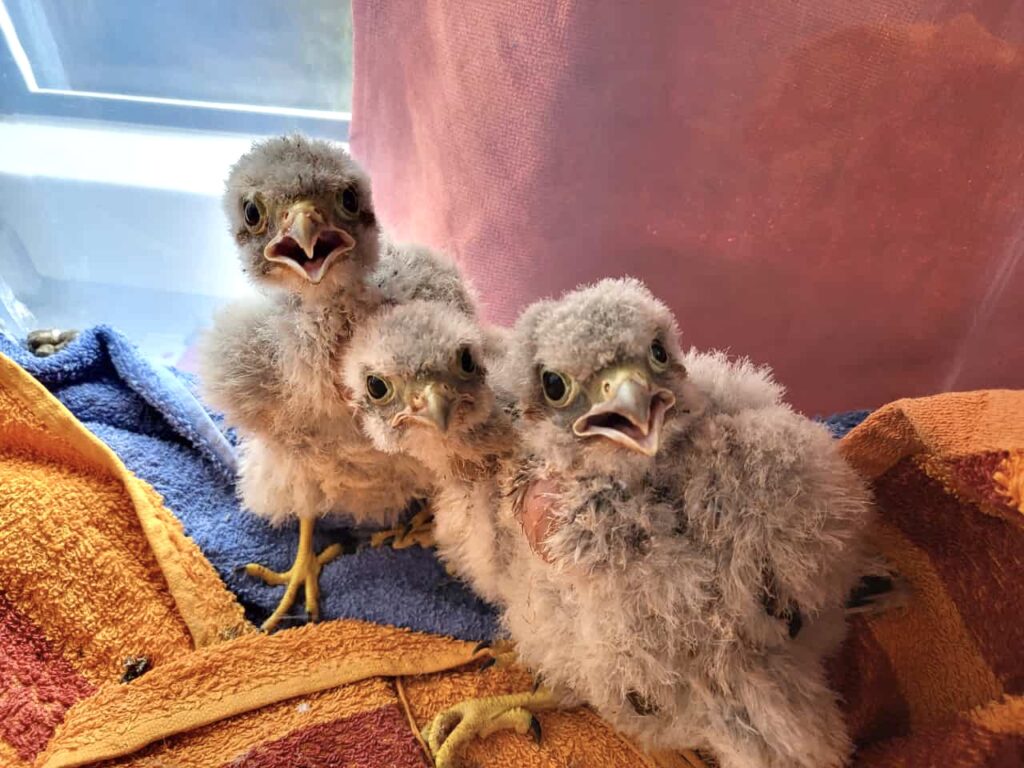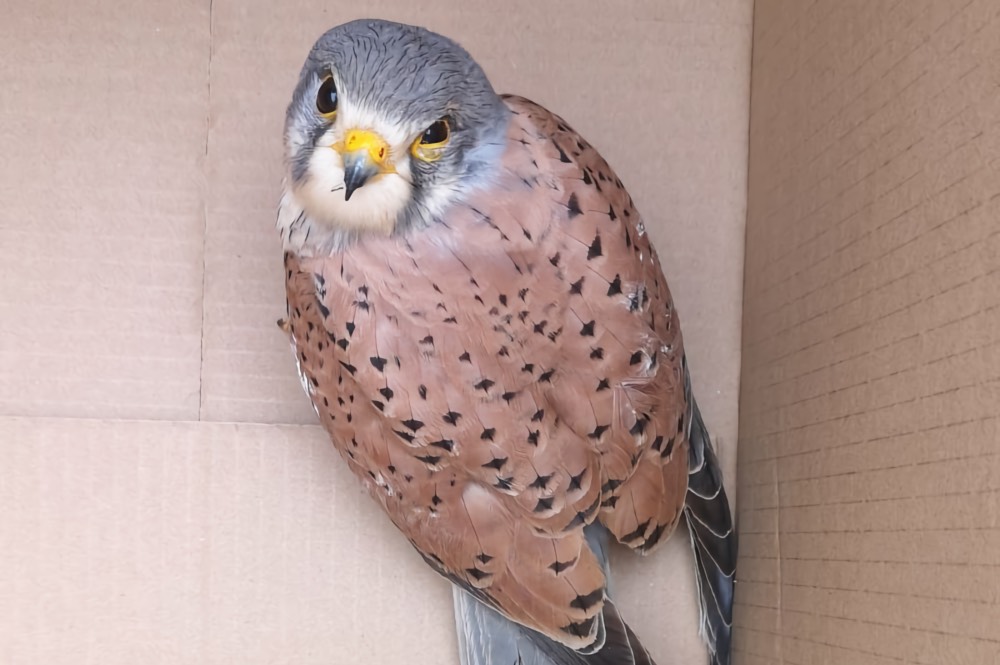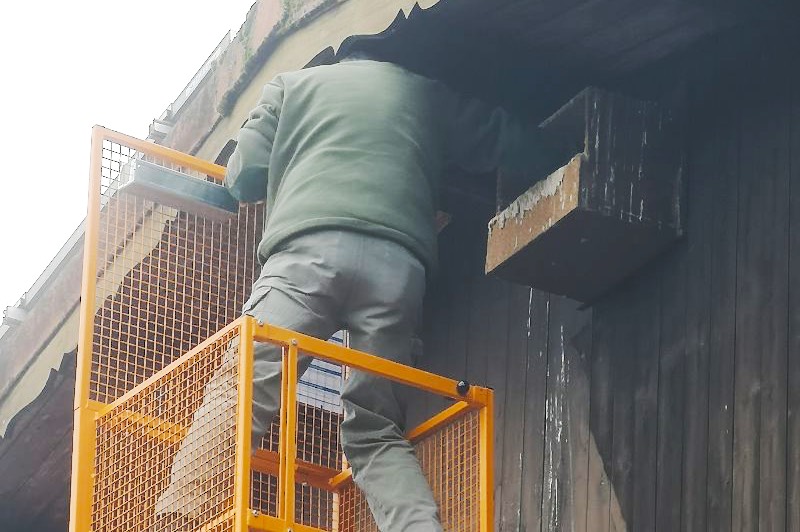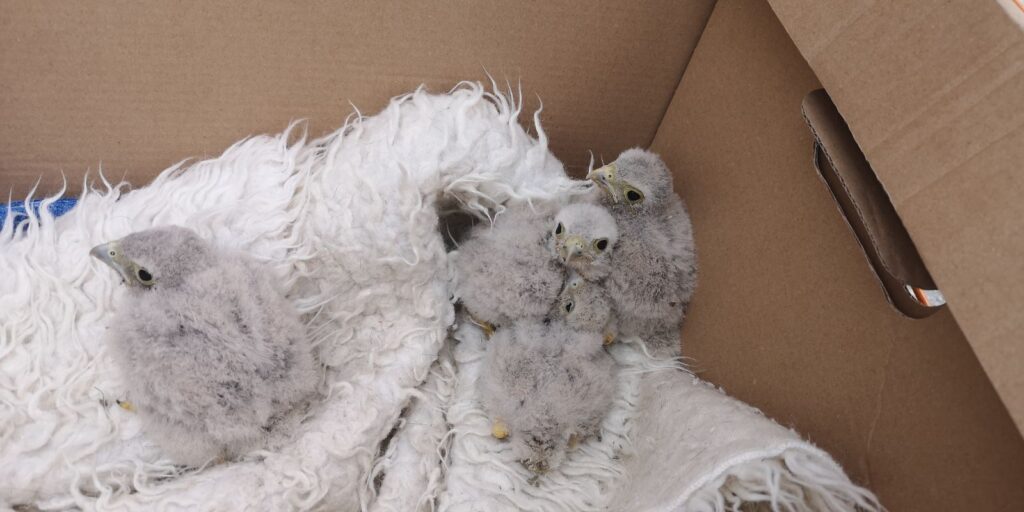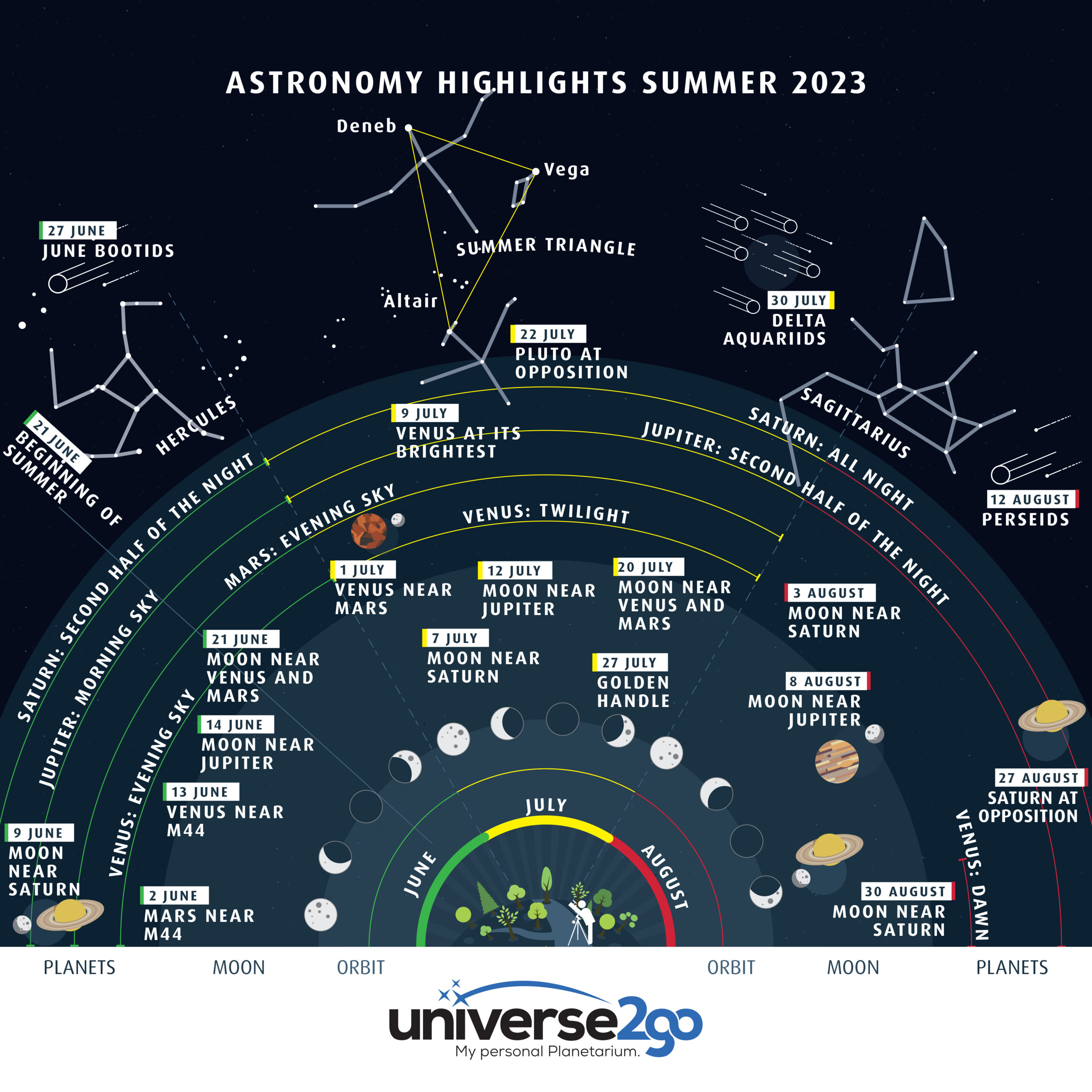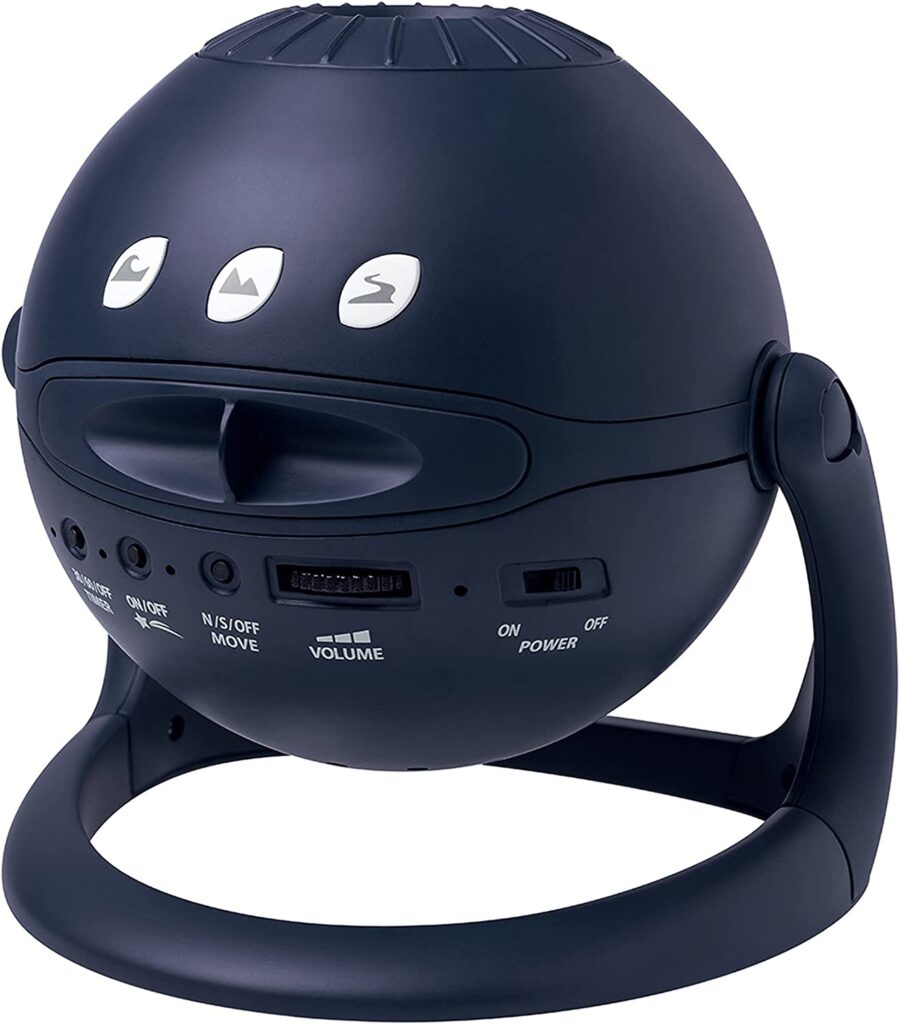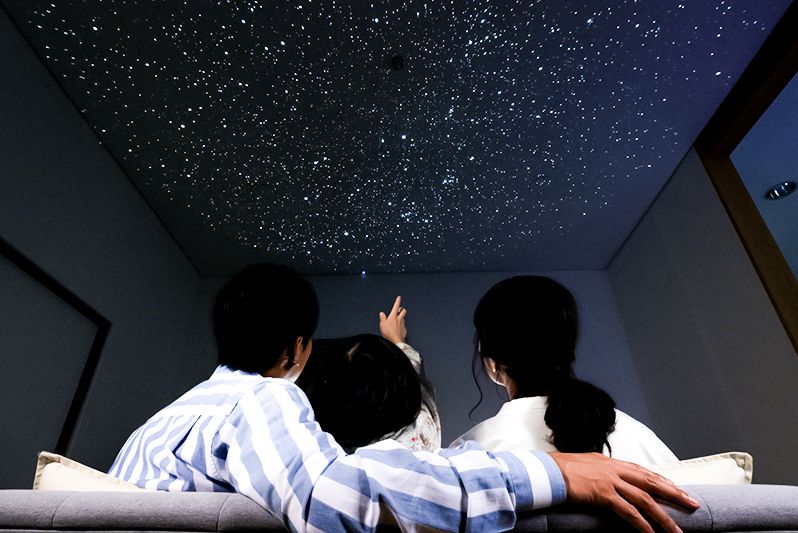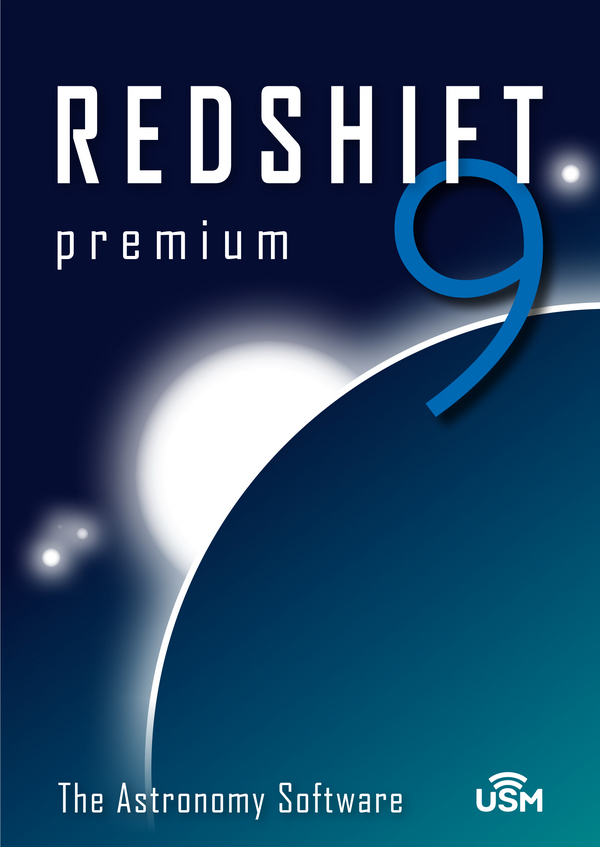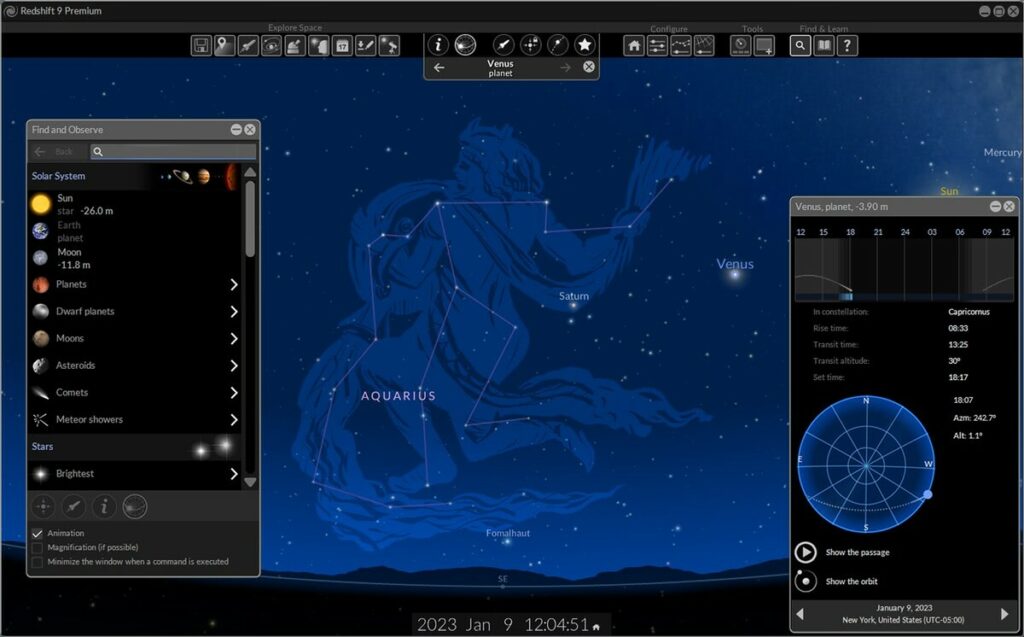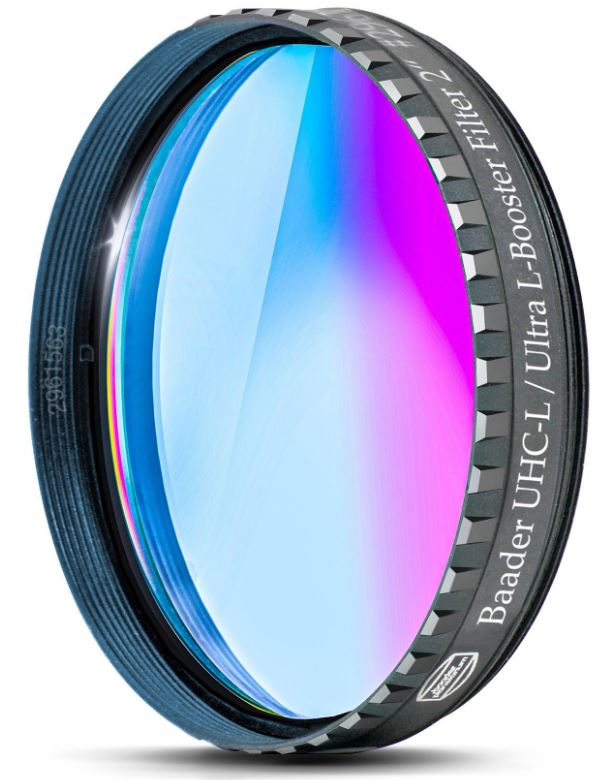From 15 July up to and including 31 August 2023, we are offering the following models in the LX85 and LX200 series from Meade at special summer-saver prices:
N 200/800 Astrograph LX85 GoTo for €2,799 instead of €3,299
This Newtonian is a compact, very fast device (f/4.0 focal ratio) for high-resolution astrophotography with short exposure times. It is especially suitable for large emission nebulae and galaxies. Despite the fast focal ratio and its optimisation for photographic purposes, it is also a pleasure to use for visual purposes – especially for deep sky objects! The large focuser with 1:10 fine adjustment ensures a bright image field and precise focusing. The secondary mirror struts are kept extra thin to cause as little obstruction in the light path as possible, which results in better contrast. With a generous 83.2 millimetre of back focus, there is enough working distance for other accessories, such as a coma corrector or filter wheel. Astrophotography with this fast focal ratio will definitely require a good coma corrector to obtain sharp and point-shaped stars across the entire field of view. A coma corrector may not be necessary for this Newtonian when combined with smaller camera sensors or for purely visual use.
The scope of delivery includes an 8×50 finderscope, a 35mm extension tube (important for visual use), a 26mm Super Plössl eyepiece, as well as a fan to ensure faster cooling for the primary mirror.
The LX85 mount is designed with mobile astrophotography in mind. With its powerful servo motors and Meade Smart Drive technology, it follows the rotation of the night sky and keeps the telescope aligned with the selected object for long exposure times – without the need for a meridian flip!
ACF- SC 203/2032 UHTC LX85 GoTo for €3,669 instead of €4,580
With its Schmidt-Cassegrain design, this telescope leaves nothing to be desired: SC telescopes are suitable for all applications. No matter whether you want to observe planets, distant nebulae, or galaxies, whether purely visually or also for photography: anything is possible with a SC telescope!
The compact optics ensure low leverage stress on the mount and mean that the telescope is easy to transport. Focussing is carried out internally and is so adjustable that, even with astrophotography accessories attached, focusing is not a problem.
The LX85 mount is particularly lightweight and therefore ideal for mobile use either in the garden or at an observation location under particularly dark skies, and the GoTo AudioStar control helps you to correctly align the telescope and it automatically tracks your chosen observation object. This makes it ideal for beginners! The LX85 mount can be used with most commercially available telescopes up to 15kg in weight.
We have significantly reduced the prices of the following models from the Meade LX200 series :
ACF-SC 305/3000 12″ UHTC LX200 GoTo without tripod for €6,399 instead of €7,999
ACF-SC 254/2500 10″ UHTC LX200 GoTo for €5,279 instead of €6,619
ACF-SC 305/3000 12″ UHTC LX200 GoTo for €7,679 instead of €9,589
ACF-SC 203/2000 8″ UHTC LX200 GoTo for €5,119 instead of €6,419
ACF-SC 203/2000 UHTC LX200 GoTo without tripod for €4,479 instead of €5,590
ACF-SC 254/2500 UHTC LX200 GoTo without tripod for €5,269 instead of €6,190
The LX200 series of telescopes are among the systems most widely used by experienced amateur astronomers. There is a good reason for this: the LX200 series combines coma-free ACF optics with a stable fork mount and modern electronics. The system is so compact that the smaller models are ideal for mobile astronomy and the larger instruments suit relatively small garden or club observatories.
In addition to the advantages of the telescopes themselves, the LX200 series offers other useful features: the primary mirror lock prevents image shift and holds focus during long exposure times. The high-quality worm gear on both axes ensures smooth running at all speeds. Thanks to SmartDrive, the periodic worm error is permanently corrected (PPEC).
All models covered by this summer sale are available from stock! This promotion is valid until 31 August 2023 only while stocks last!

